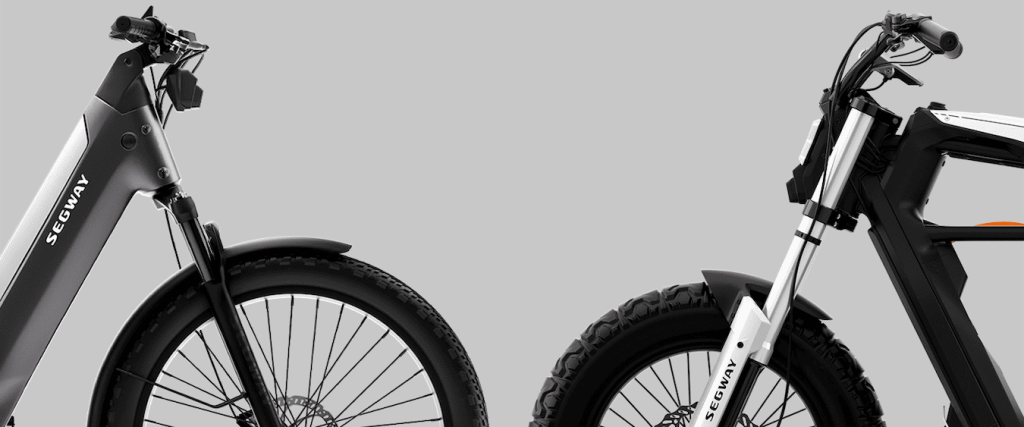Segway is planting its e-bike flag in the US with a new dedicated electric bike team ahead of the upcoming launch of its two hotly anticipated long-range electric bicycle models, the Segway Xafari and Xyber.
The two impressive (and perhaps slightly imposing) e-bike models were first unveiled earlier this year and are still slated for a launch in Q1 2025, which is now fast approaching.
While Segway hasn’t spilled all the beans yet (that’s likely coming ahead of the January 7 pre-order launch), we do know that the more commuter-looking Xafari is rated for 88 miles (141 km) of range while the moto-styled Xyber will apparently be capable of up to 100 miles (160 km) per charge in its dual battery format.
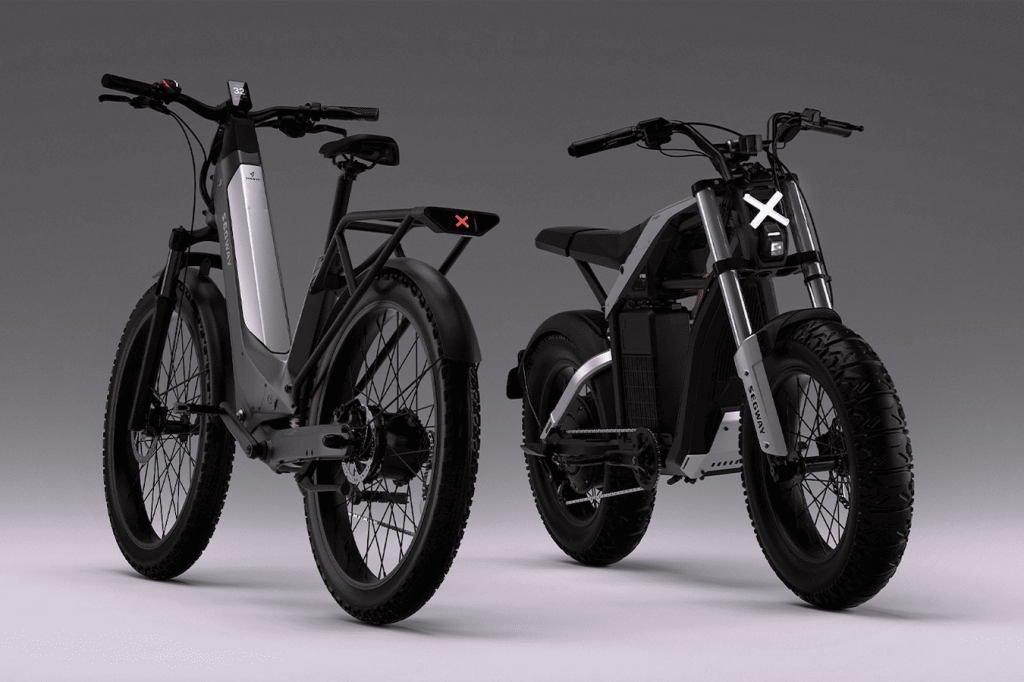
Despite the radically different designs of the two bikes, they’re both technically classified as electric bikes, sporting all the necessary gear (mainly the fully functional pedals) and presumably operating within the current US three-class e-bike regulations.
But more than typical electric bikes, Segway’s models appear to be armed to the teeth with smart tech, providing incredibly connected bikes using what is known as the “Segway Intelligent Ride System”. The company describes it as “industry-leading technology with features that have more in common with cars than e-bikes.”
“In many ways, we’re a technology company first,” explained Segway’s head of e-bike Nick Howe. “Product conversations start with discussions of ‘tech stacks’ and expand from there. We are using our technology to create a more seamless user experience much like what has been done with automobiles.”
What kind of features are we talking about here? Your guess is as good as mine, but we expect to learn more as the pre-order date approaches early next year. From the pictures alone we can see both models feature full-suspension, hydraulic disc brakes, integrated lighting, fenders, and chunky batteries indicative of the long-range figures we’ve heard so far, not to mention the futuristic and sleek designs. The Xafari takes on a more recognizable cycling-focused design and includes a rear rack, while the Xyber looks more like a mini-moto, despite its pedals helping it retain that coveted e-bike classification for legal riding.
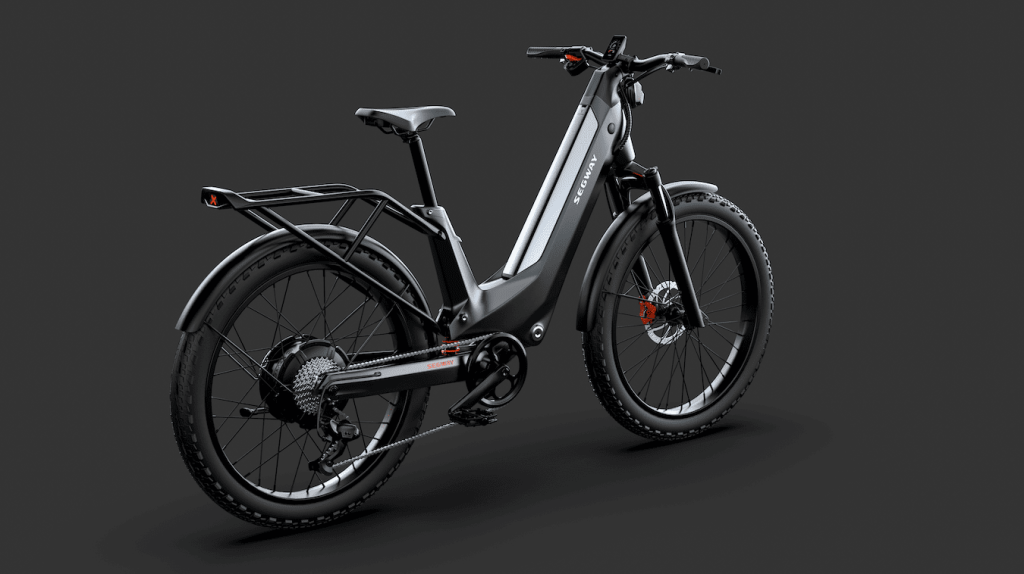
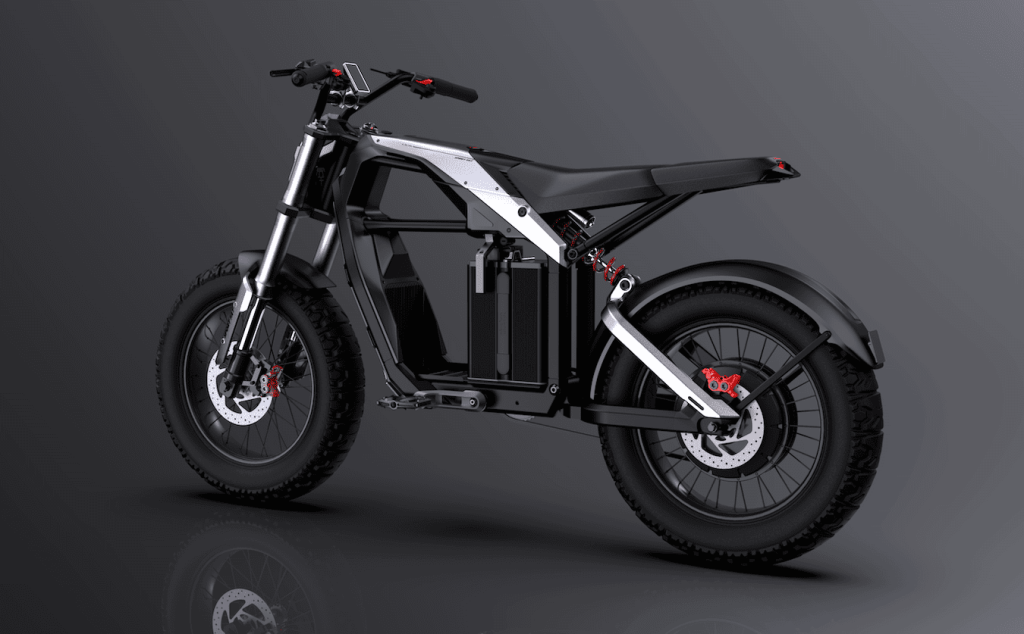
As part of the preparations for what is shaping up to be a major US launch, Segway has begun building up extensive operations stateside, including a dedicated e-bike division.
The company’s head of e-bike, Nick Howe, joined Segway this summer, bringing with him 25 years of experience in the cycling industry. That includes serving as the executive director of Orbea and as the global brand director for Trek, not to mention having owned and operated several Colorado bike shops.
Other key additions to the team include Heather Henderson as senior brand manager and Sophie Eaton as sales operations director. Henderson previously served in various roles at Trek, Cannondale, and Cervélo Cycles, and she has also owned and operated her own bike shop. Eaton has senior sales experience with HLC, Cinelli Bicycles, Giant Bicycle, and Clif Bar.
In other words, Segway has snatched up some key cycling industry folks for its e-bike division’s leadership team, underscoring the brand’s focus on a major rollout with these two new models and perhaps more to follow in the future. “These are two incredible yet very different bikes and this is only the beginning,” said Howe. “We can’t wait to show you what else we have in store for 2025 and beyond.”
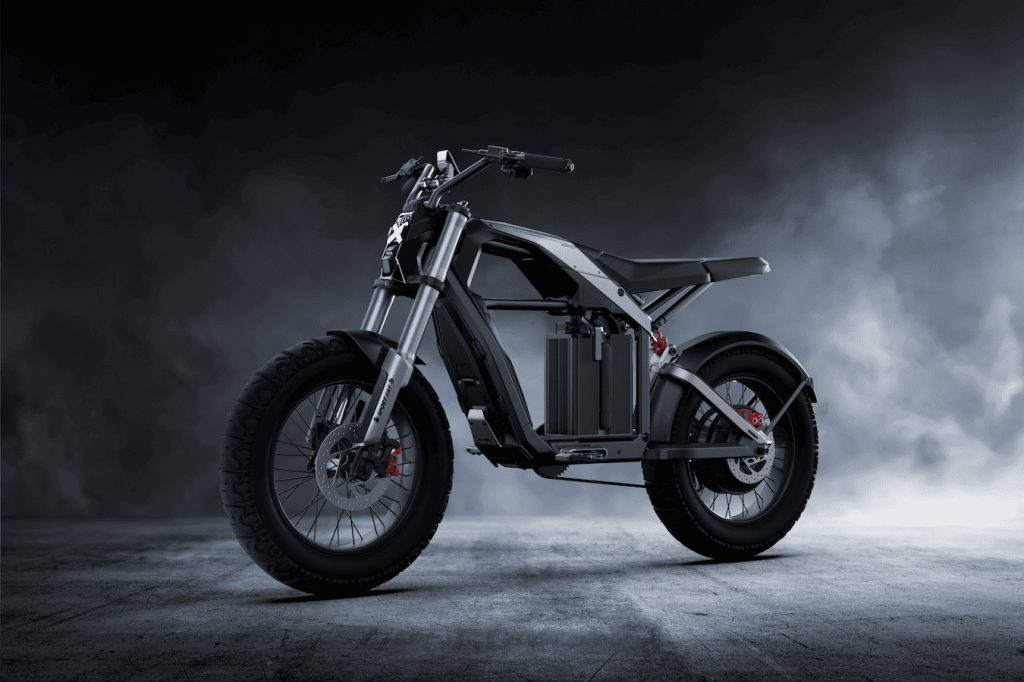
In addition to building up its US team and preparing for the launch of the Xyber and Xafari models, Segway has also announced plans to grow a national dealer network in the US.
The brand has shared that it will focus on independent bicycle shops, dedicated electric bicycle shops, and what it is calling “other bicycle dealers” or OBDs—shops that may not be bike-specific but are a good fit for its e-bikes, such as motorcycle, powersports, and outdoor retailers.
Not limiting itself to only retail sales, Segway is also offering online sales options where the bikes can be ordered online and then shipped to a local dealer of their choice for assembly. This method also helps ensure riders know where they can easily find service for their bikes.
“These are awesome machines,” said Howe. “But they’re also very sophisticated and technical. We want to ensure the customer has the best experience possible, and that means professional assembly and service. It also gives us a great opportunity to support the dealers who are the backbone of the bicycle industry.”

While there are many technical details and specs we’re still waiting for, we do have a hint at the pricing. Segway has claimed that the new models will “top out in the $3,000 range.” The company is pitching that as a major deal considering the technology included in the bikes. It’s a bit hard to judge that yet without knowing what that technology package looks like, or the rest of the bikes’ specs, but suffice it to say that we’re likely looking at e-bikes that will fall somewhere in the underserved gap between the budget and premium ends of the spectrum.
These aren’t likely to compete on price with the budget e-bikes out there, but should also be more affordable than heading to the usual suspects of premium e-bike companies like Specialized, Trek, Giant, and others that have long enjoyed major market share on the more premium end of the spectrum.
What do you think of the upcoming Segway Xafari and Xyber, at least based on the details we know so far? Let’s hear your thoughts in the comment section below.
